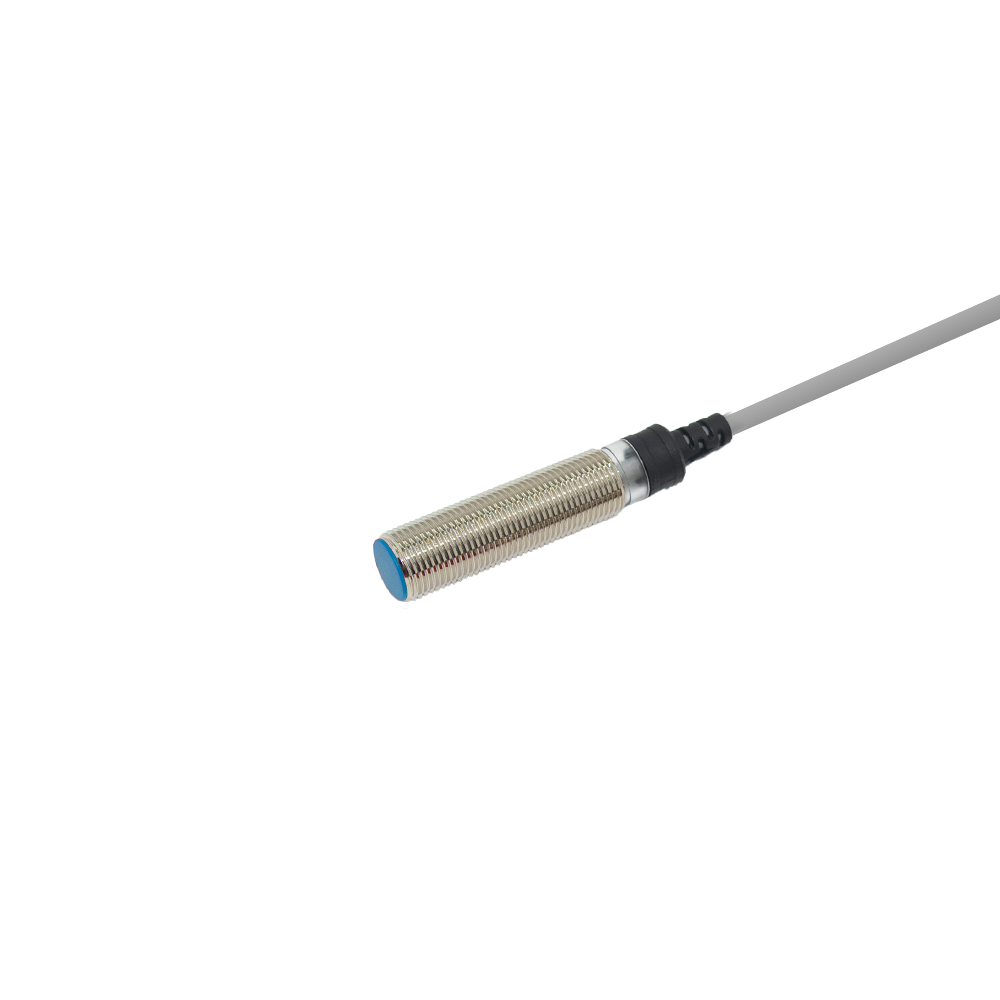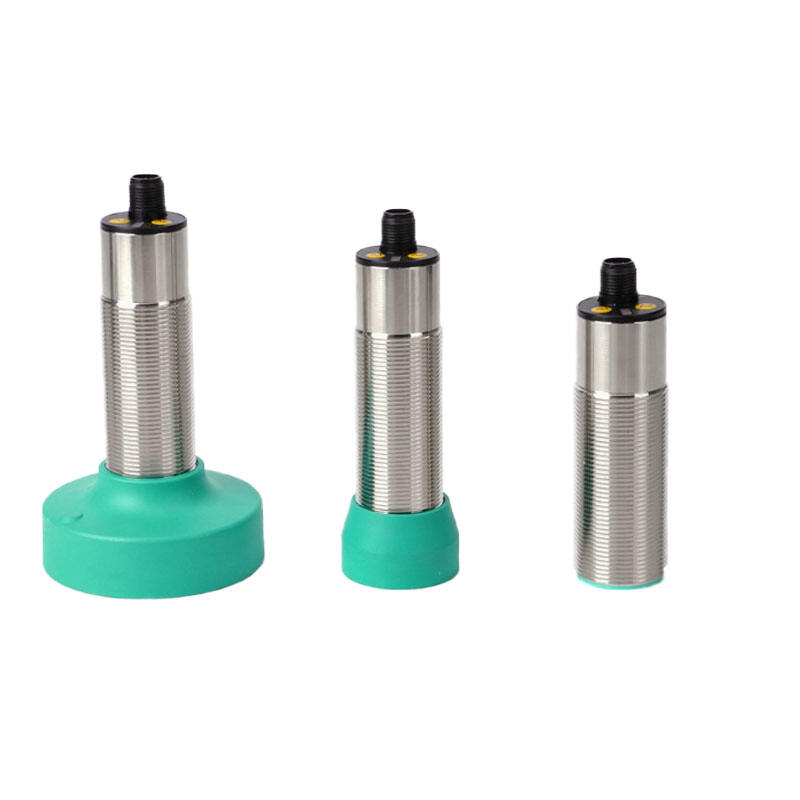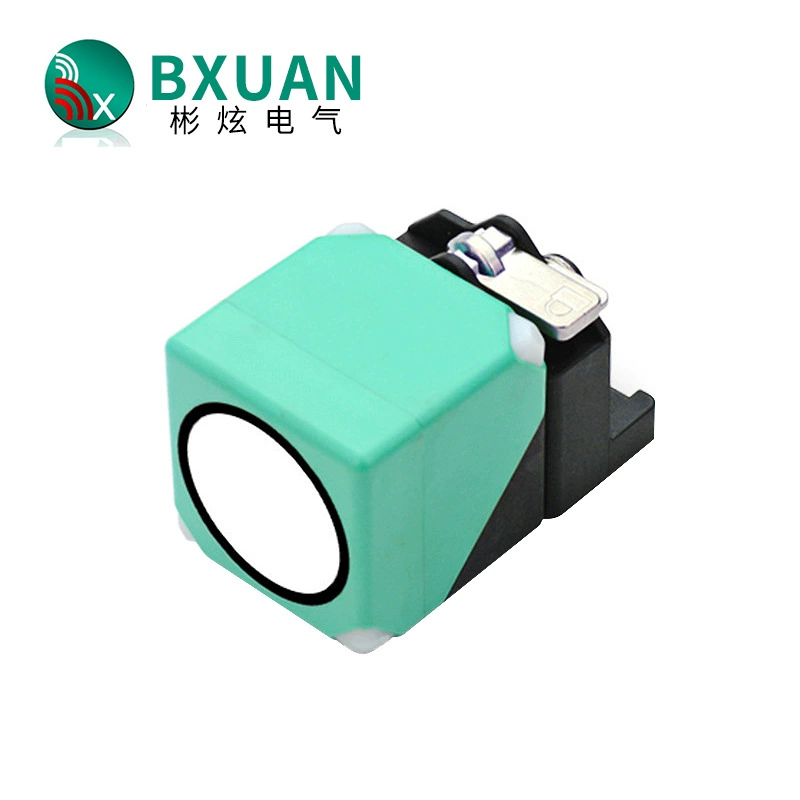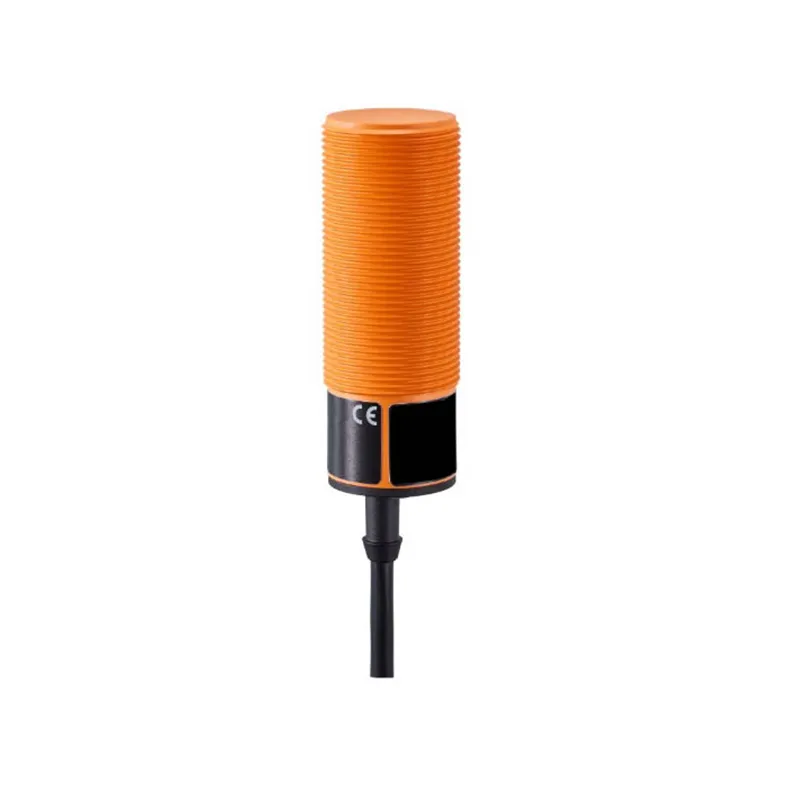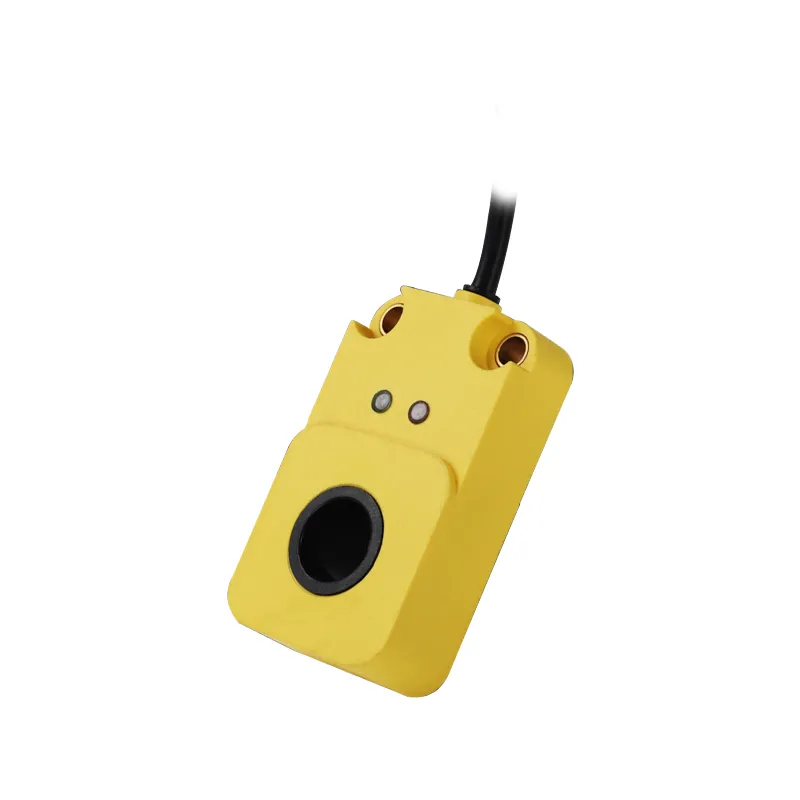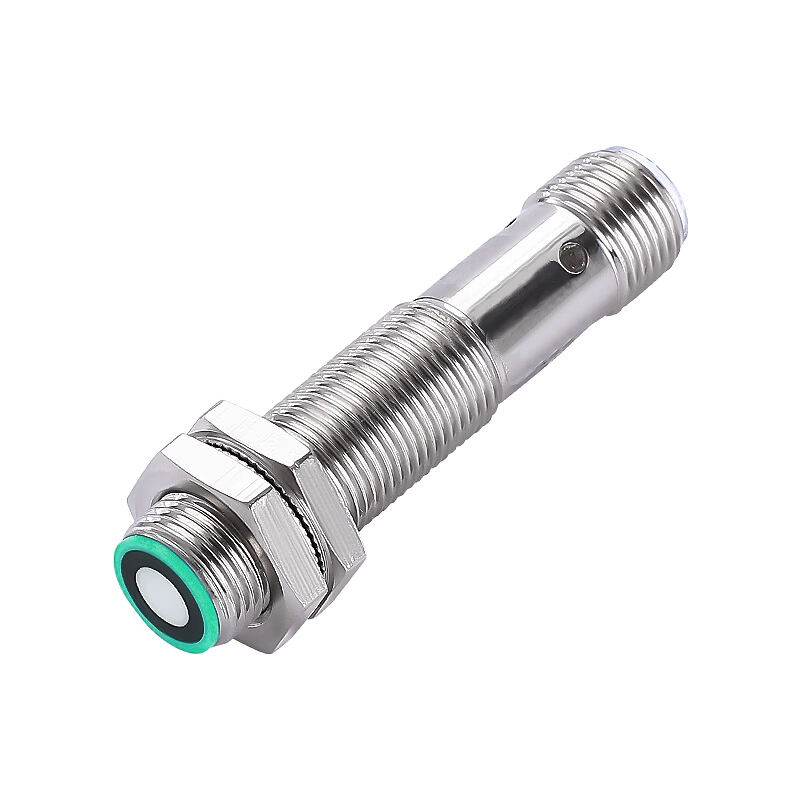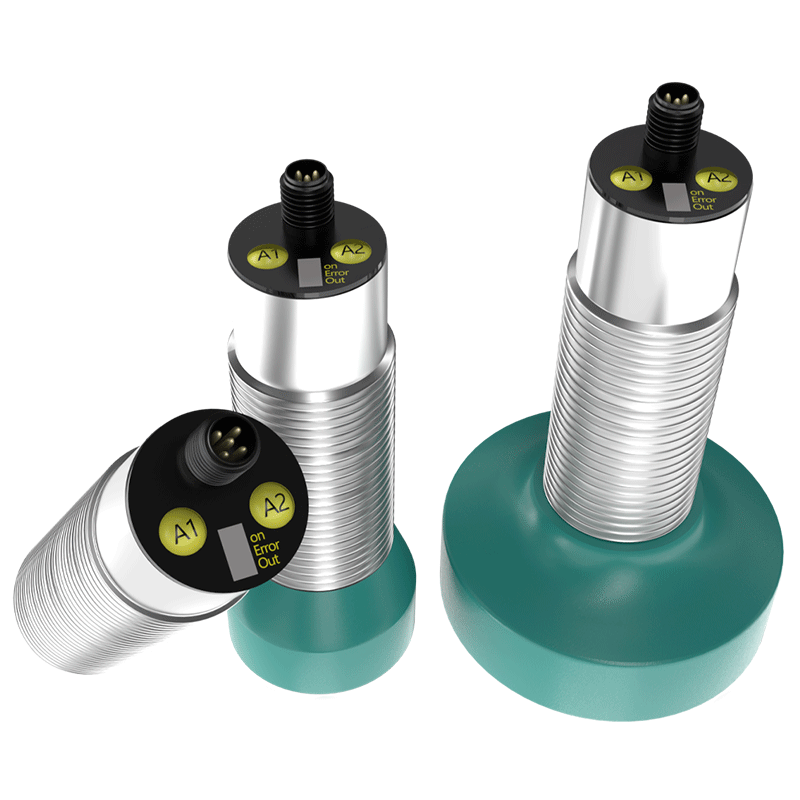reflective sensor stable under ambient light
The reflective sensor stable under ambient light represents a cutting-edge advancement in sensing technology, designed to maintain consistent performance regardless of environmental lighting conditions. This sophisticated sensor employs advanced filtering algorithms and dedicated optical components to effectively distinguish between its own infrared signals and ambient light interference. The sensor operates by emitting an infrared beam and measuring its reflection from nearby objects, while simultaneously compensating for variations in ambient light levels. Its core technology includes precision-engineered photodiodes, specialized optical filters, and integrated signal processing circuits that work in harmony to ensure reliable detection. The sensor's stability under varying light conditions makes it particularly valuable in industrial automation, consumer electronics, and security applications. It can maintain accurate readings in environments ranging from complete darkness to bright sunlight, making it ideal for both indoor and outdoor installations. The sensor's robust design includes temperature compensation mechanisms and advanced calibration capabilities, ensuring consistent performance across different operating conditions. This technology finds applications in automated manufacturing lines, smart building systems, automotive safety features, and various consumer devices where reliable object detection is crucial.

